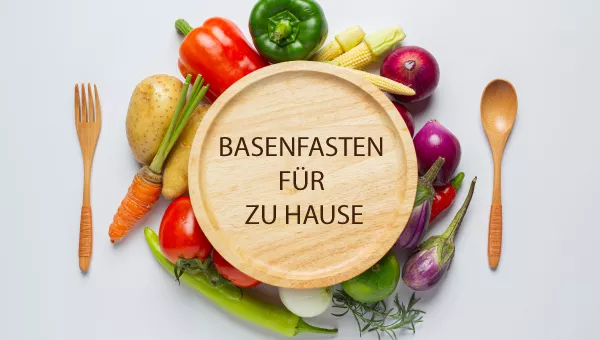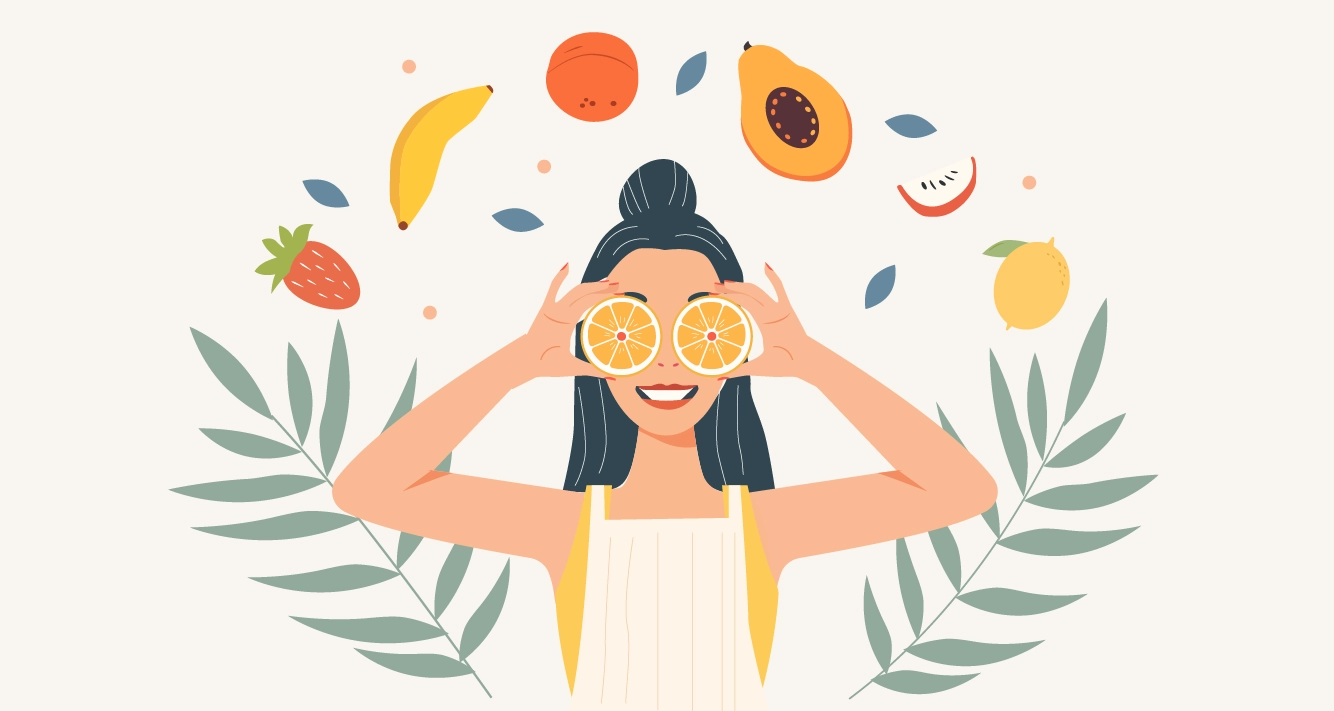09/01/2025
Apples as a local superfood – also for allergy sufferers?
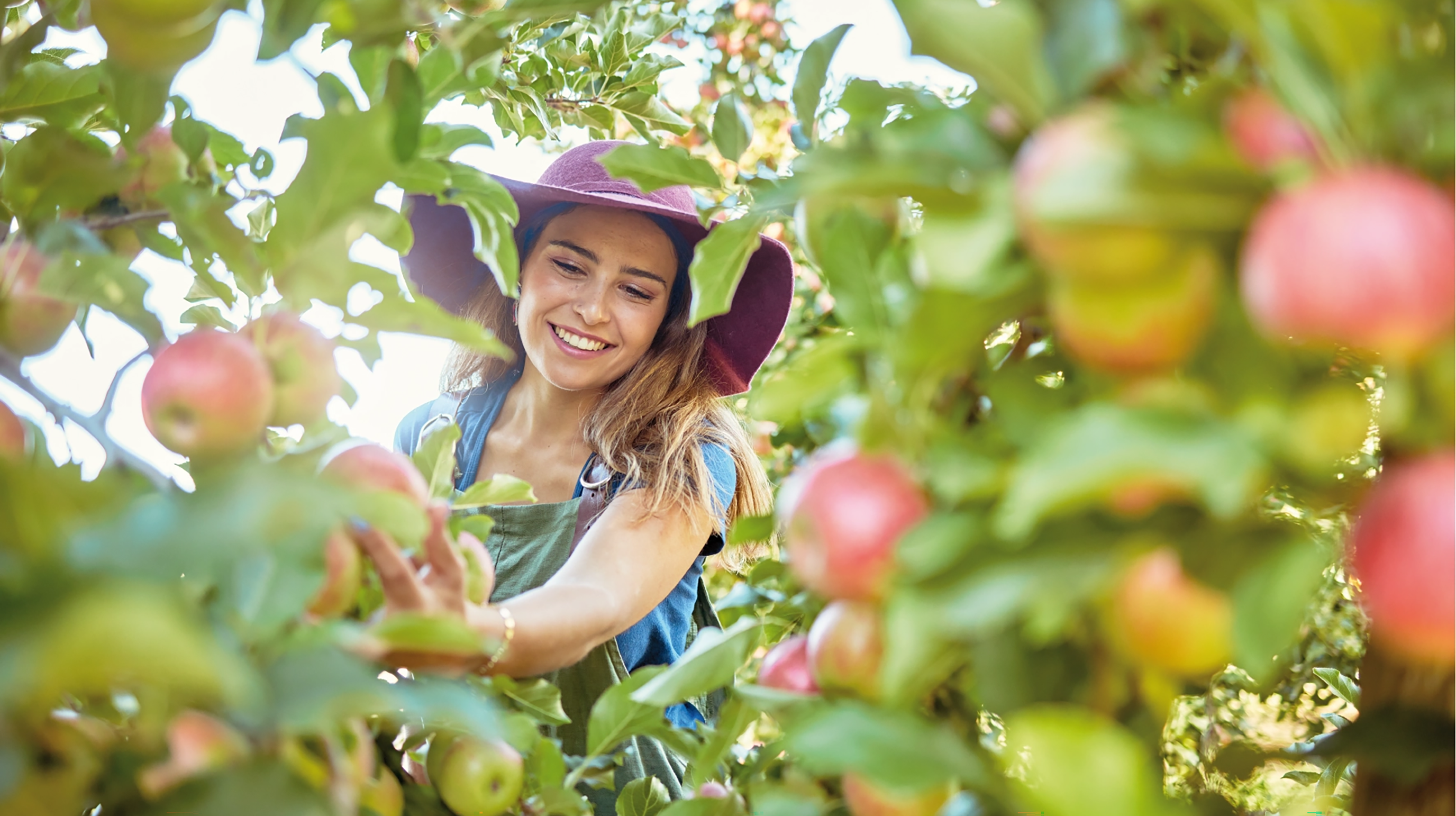
Apples are not only incredibly versatile, but also real powerhouses for your health. Local apple varieties in particular offer much more than you would think at first bite.
But not every apple is the same: While modern varieties are often designed primarily for economic efficiency and appearance, old varieties score points with their individual taste, resilience, valuable secondary plant substances such as quercetin and better tolerance - especially for allergy sufferers.
Here you can find out what else there is to discover about this local superfood.
An Apple a Day – What makes apples so healthy
Even after more than 100 years, the well-known English proverb “An apple a day keeps the doctor away” has lost none of its relevance. On the contrary: research is helping us to understand better and better why apples are so health:
- Dietary fiber: Apples are rich in soluble and insoluble dietary fiber such as pectin and cellulose. They ensure a longer feeling of satiety, have a prebiotic effect, i.e. they serve as food for beneficial intestinal bacteria, fill the intestines, facilitate digestion and are an integral part of any gut-healthy diet. Polyphenols: There are particularly high levels in the flesh of apples.
- Polyphenols, which are secondary plant substances and act as natural antioxidants that protect our cells from oxidative stress.2 The peel mainly contains anthocyanins and flavonols such as the well-known quercetin.2
- Vitamin C: Vitamin C also acts as an antioxidant* and supports the immune system**.3
- Low in fat and calories: A medium-sized apple contains just under 100 calories.
EVERYONE IN GERMANY CONSUMES AROUND 20 KILOGRAMS OF APPLES PER YEAR.1
THIS MAKES THE APPLE THE MOST POPULAR TYPE OF FRUIT FOR YEARS.
Why modern apple varieties no longer turn brownn
The supermarket mainly offers new, shiny apple varieties that do not turn brown as quickly and taste sweeter. The polyphenol content plays a key role. The reason for the undesirable brown coloring is the oxidation of polyphenols. This is triggered when apples come into contact with oxygen after peeling, grating or cutting. This creates intermediate substances that crosslink to form brown to black melanins .2
Breeders use two tricks to ensure that apples stay lighter for longer: polyphenols are bred out.
- In apples such as Golden Delicious, Granny Smith and Fuji, the enzyme responsible for oxidation (polyphenol oxidase, PPO) has been modified through breeding.
- Since 2017, genetically modified "Artic Apples" have also been marketed in the USA, in which the enzyme PPO has been switched off through genetic engineering.
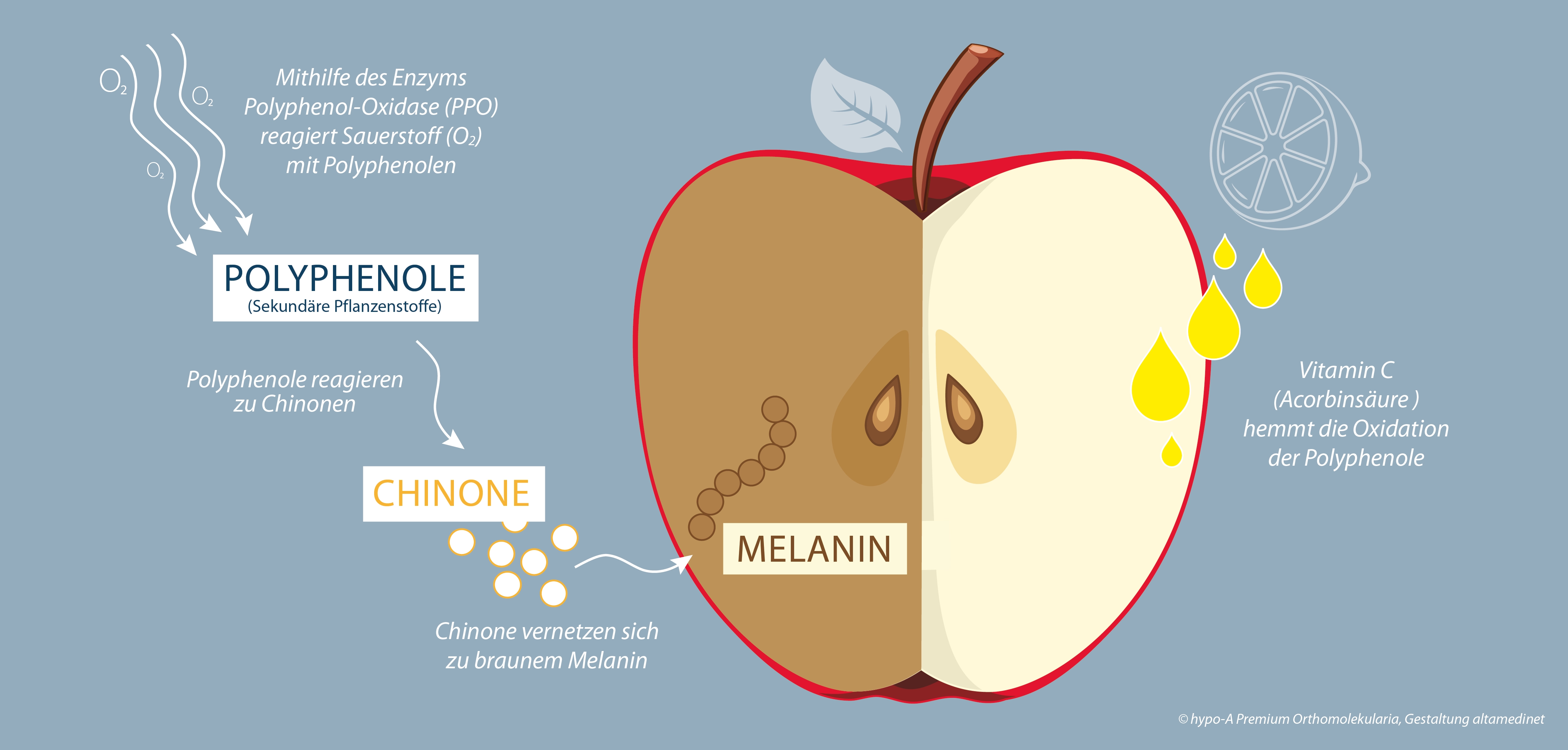
Old varieties – the underestimated treasures
Old apple varieties have largely disappeared from conventional supermarkets. Unjustly, in our opinion:
- Old varieties often taste more intense and have a more sour, slightly bitter aroma. Each variety has an individual taste profile and a wide variety of aromas, e.g. spicy, nutty or floral.
- Old varieties represent greater genetic diversity.
- They are usually better adapted to regional conditions and therefore more robust against pests and diseases - and therefore require fewer pesticides.
- Old apple varieties contain more vitamin C on average.
- The flesh of old apple varieties usually contains significantly more polyphenols.
- Old apple varieties such as Alkmene, Goldparmäne and Red Boskoop are often much better tolerated by allergy sufferers than new varieties such as Braeburn, Golden Delicious and Granny Smith.2, 5, 6
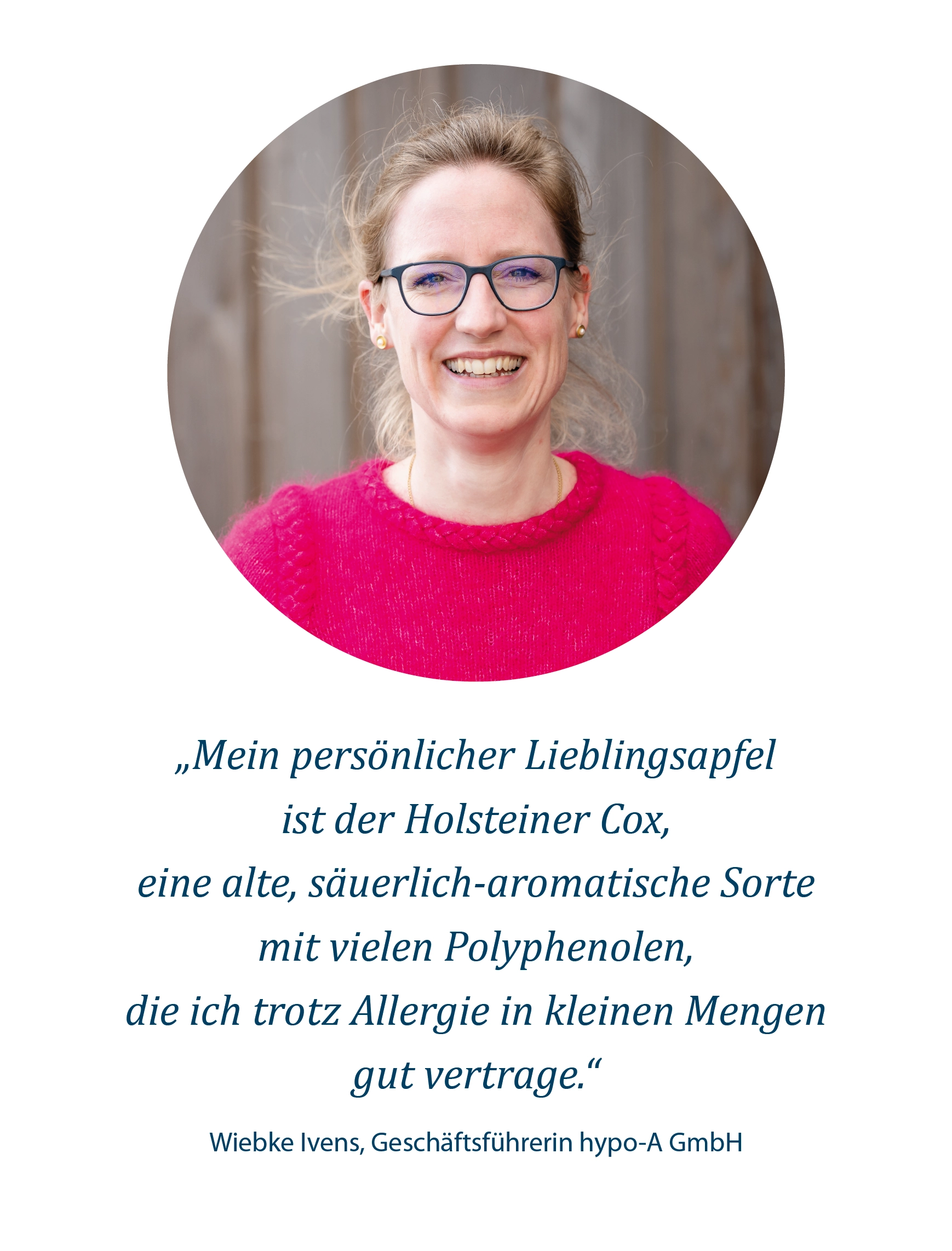
Mostly used by allergy suffererst
Apple varieties that are
less well tolerated
A detailed List of particularly well-tolerated, low-allergen apple varieties can be found at the German BUND Lemgo.7
Cross allergies – birch pollen-associated apple allergy
If in spring not only your eyes itch but your tongue also burns when you bite into an apple, it could be a cross allergy. This is caused by allergenic protein structures in pollen that are similar to proteins in certain foods.
The most common fruit allergy in Germany is the birch pollen-associated apple allergy, with around four million sufferers.2 Studies show that around two thirds of the birch pollen-associated apple allergy.2 Studies show that around two-thirds of people who are allergic to birch pollen also experience cross-reactions to foods such as apples, carrots or hazelnuts.8 The apple allergen Mal d 1 plays a central role in this, typically causing a burning sensation on the tongue or swelling of the lips. Since the allergen is sensitive to heat, acid and oxidation, those affected can noticeably improve tolerance with the right preparation.2
Polyphenols also protect against allergic reactions to a certain extent by neutralising apple allergens.2
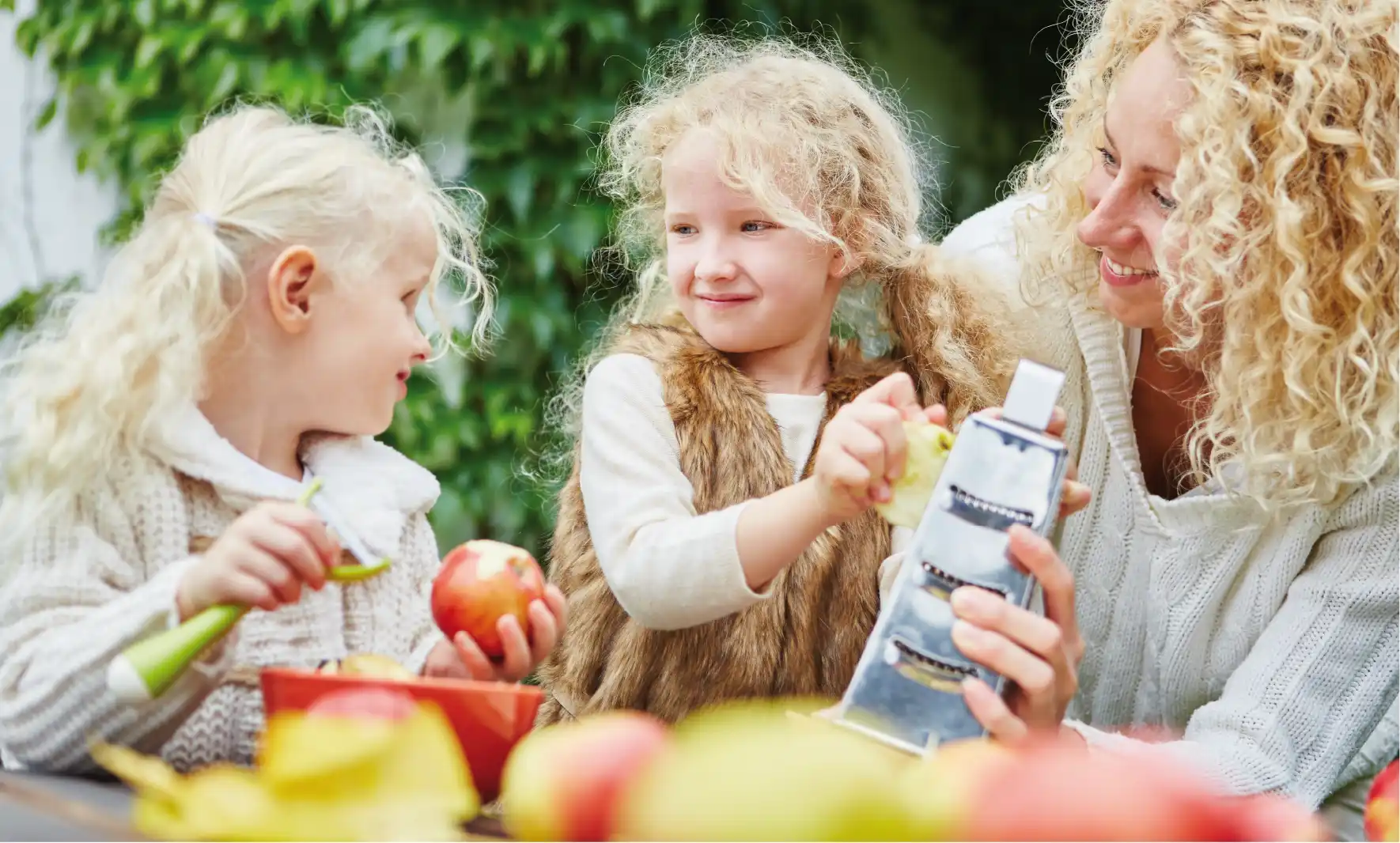
Tips for allergy sufferers
- Try some old varieties – ideal ones include Kaiser Wilhelm, White Clearapple, Zuccalmaglios Renette, Ontario and Dülmener Roseapple.2, 7
- Heated, peeled, sliced and browned apples are usually better tolerated. Apple pie, apple sauce, apple jelly and pasteurized apple juice are usually not a problem with a Mal d 1-related allergy.
- Test small quantities first. Regularly eating small quantities of well-tolerated apples can often increase your tolerance to apples.
- If you have cross allergies, avoid apples during hay fever season.
- Especially during pollen season, reduce additional stress such as alcohol, stress, food additives, environmental toxins, etc..
Organic is the better choice – even for apples
Fewer pesticides
Analysis of spraying records by the Munich Environmental Institute9 has shown how intensively conventional apples are sprayed. In 2017 alone, every apple orchard in South Tyrol was treated with pesticides an average of 38 times. Over 80 different pesticide active ingredients were used - mainly glyphosate, but also the suspected carcinogenic and fertility-damaging fungicide fluazinam. In more than half of the applications, several agents were combined - up to nine different ones in one day. Scientists repeatedly warn against such poison cocktails, the effects of which are still completely unclear.10
It is therefore no wonder that conventional apples regularly contain pesticide residues, while organic apples have been proven to have little or no contamination.11, 12
Healthier Microbiome
Would you have thought that a single apple contains more than 100 million bacteria? Many of these enter the intestines when we eat them and enrich the diversity of our intestinal microbiome. But there are differences: While in a study13 potentially harmful germs were widespread in conventional apples, they were not found in any organic apples. However, the organic apples scored highly with more useful lactic acid bacteria. Fresh organic apples also have a greater diversity of species.
Tipps for bying apples
- Organic and regional are the better choice - for the environment and health
- You can find old varieties more often in organic shops, at weekly markets, in local farm shops or in orchards
- Buy seasonally: how fresher the apple, the more valuable it is for your body
- In Germany some regions, apple trees are marked with yellow ribbons and invite people to pick apples for their own consumption14
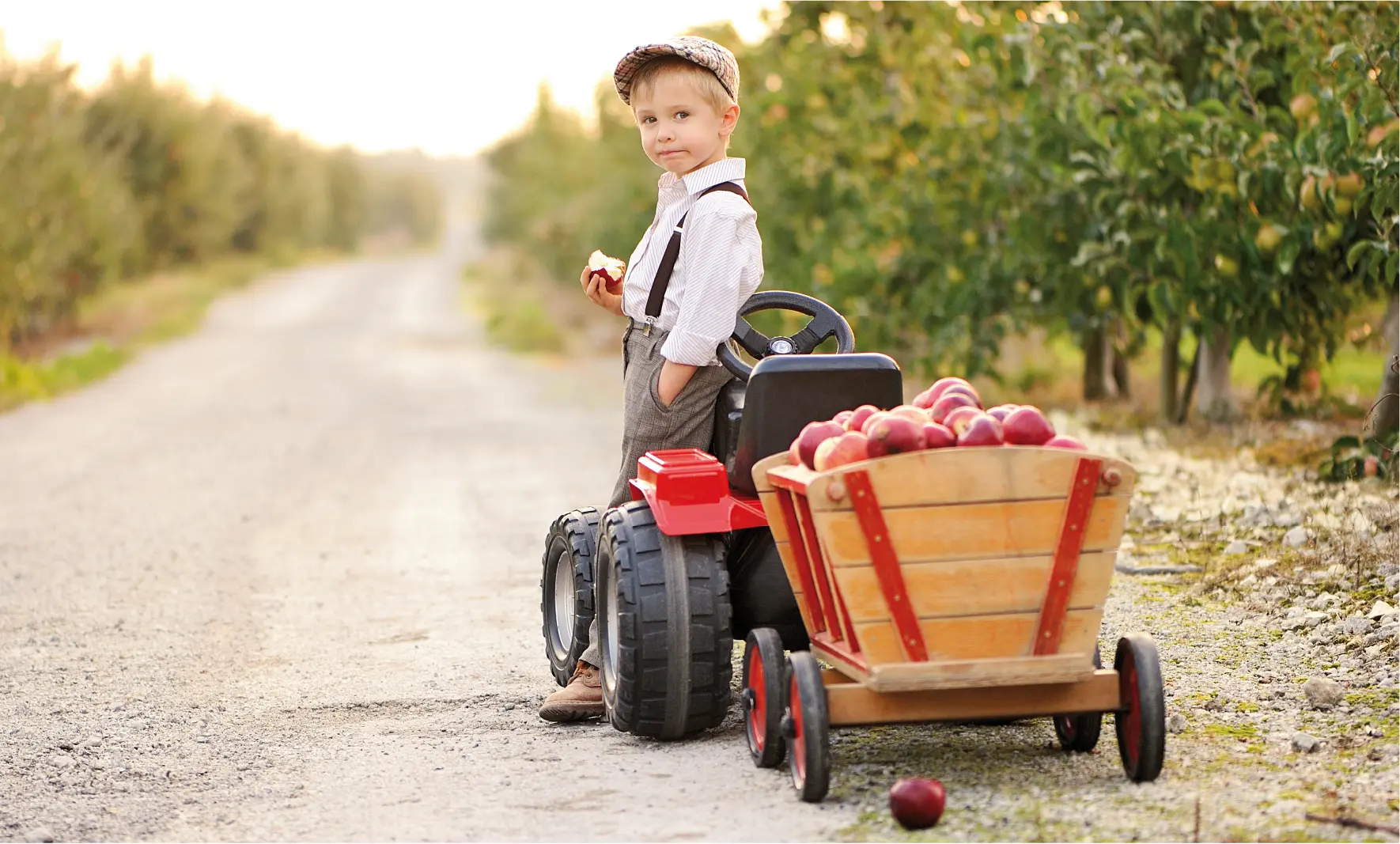
*Notes
Sources
- https://www.bmel-statistik.de/ernaehrung/versorgungsbilanzen/obst-gemuese-zitrusfruechte-schalen-und-trockenobst (retrieval on 13.12.2024)
- Kschonsek, J.: Untersuchungen zum Polyphenolprofil alter und neuer Apfelsorten sowie zum Einfluss phenolischer Verbindungen auf die in-vitro-Allergenität. Dissertation, Friedrich-Schiller-Universität Jena, 2020
- „Health-Claim-Verordnung“, REGULATION (EU) Nr. 432/2012 der Kommission vom 16. Mai 2012: „Vitamin C trägt dazu bei, die Zellen vor oxidativem Stress zu schützen.“ „Vitamin C trägt zu einer normalen Funktion des Immunsystems bei.“
- TransGen: In den US-Supermärkten: Äpfel, die nicht bräunen
- https://www.oekotest.de/essen-trinken/Apfel-Allergiker-aufgepasst-Diese-Apfelsorten-sind-besser-vertraeglich_600725_1.html (retrieval on 18.12.2024)
- Karl-Christian Bergmann, K-C: Die Apfelstudie 2016/2017. https://www.ecarf.org/wp-content/uploads/details-apfelstudie.pdf (retrieval on 18.12.2024)
- https://www.bund-lemgo.de/download/01_Apfelallergie_pdf_Plakat_2_Sortenliste2022_11.pdf
- EDARF: Birke-Obst-Nuss-Gemüse-Syndrom. 27.10.2020 (retrieval on 18.12.2024)
- Umweltinstitut München e.V.: Pestizide im Vinschgauer Apfelanbau. 2023 (retrieval on 18.12.2024)
- Braun G. et al.: Neurotoxic mixture effects of chemicals extracted from blood of pregnant women. Science 386, 301–309, 2024.
- Umweltinstitut München e.V.: Untersuchung zeigt: Konventionelle Äpfel mit Pestizid-Cocktail belastet (retrieval on 18.12.2024)
- Niedersächsisches Landesamt für Verbraucherschutz und Lebensmittelsicherheit (LAVES): Äpfel – Knackig, rund und frei von Pflanzenschutzmittelrückständen? 2023 (retrieval on 18.12.2024)
- Wassermann B., Müller H., Berg G.: An apple a day: which bacteria do we eat with organic and conventional apples? Front. Microbiol., 24.07.2019
- Ernteaktion ‚Gelbes Band‘: https://www.bmel.de/DE/themen/ernaehrung/lebensmittelverschwendung/ernteaktion-gelbes-band.html (retrieval on 18.12.2024)



















